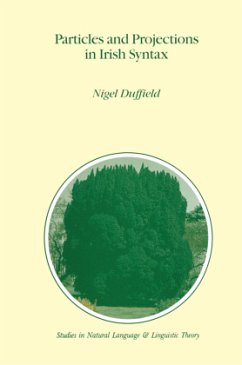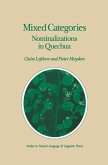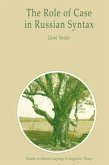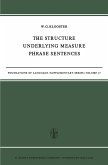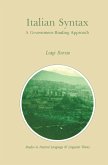Chapter 5: Irish Noun Phrases . . . . . . . . . . . . . . . . . . . . . . . . . . 266 5. 0 Introduction 266 5. 0. 1 Irish Nominal Paradigms. . . . . . . . . . . . . . . . . . . . . . 269 5. 0. 2 Prepositional Phrases: Two Types of Mutation Context . . . . . . . . . . . . . . . . . . . . . . . . . . . . . . . . . . 273 5. 1 Construct State Nominals and DP Projections. . . . . . . . . . . 282 5. 1. 1 Rightward Specifiers 286 5. 1. 2 Adjective Placement. . . . . . . . . . . . . . . . . . . . . . . . . 288 5. 1. 3 Possessive Particles 305 5. 1. 4 Demonstrative Licensing and Interpretation. . . . . . . . . 311 5. 1. 5 Head-movement and ICM Effects 315 5. 2 Summary 322 Appendix . . . . . . . . . . . . . . . . . . . . . . . . . . . . . . . . . . . . . . . 323 References 342 Index of Names and Subjects 359 PREFACE This bookis based on my 1991 USCdissertation. Since thattime, there have been two major theoretical developments that bear directly on the analysesoriginallydevelopedin the dissertation. These aretheinceptionof the 'Minimalist Program' of Chomsky (1992, 1993), and the recent 'Antisymmetry' proposals presented in Kayne (1993). Taken in conjunction with the many criticisms and suggestions ofreviewers, these proposals have prompted significant revisions ofthe earlier work:. Every chapter has been substantially revised, the introductory chapter has been replaced, and Chapters 2, 3 and 5 offer completely new analyses of the originalmaterial. The book comprises a set of theoretical studies of aspects of Modern Irish syntax. I have tried to present a coherent and consistent treatmentof the Irishfacts; abookin which the particularsofIrish syntax- which are in many cases quiteeccentric from an Englishperspective- are shown to inform more general theoreticalissues. I also hope to have offered to the non-Celticist a reasonably complete overview of the major syntactic structures ofIrish, with some indication and analysisofthe more importantdialectdifferences.

